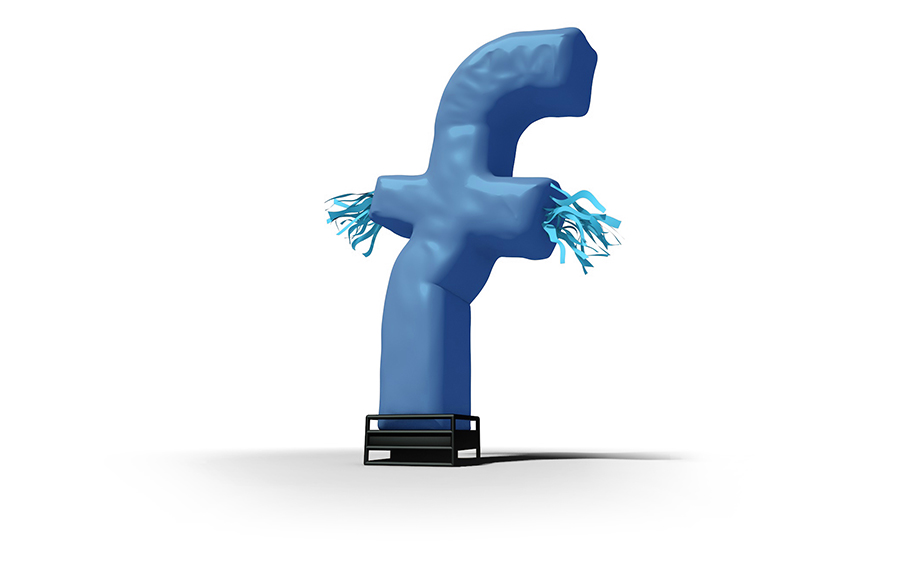Though sales remain best associated with traditional media, social media is tilting buyers’ perceptions from one manufacturer to another.

Companies in the U.S. are expected to spend more than $50 billion in social media advertising in 2021. But are they utilizing this tool correctly?
Yen-Yao Wang, assistant professor in the Department of Systems and Technology, explored how 30 U.S. car brands over a six-year period integrated their relationships among traditional media advertising (newspapers, television, etc.), social media and offline small vehicle sales. Wang learned that social media—particularly Facebook—can have a dynamic short- and long-term impact on company perception and influence purchases versus traditional advertising.
His co-authored paper, “Online to Offline: The Impact of Social Media on Offline Sales in the Automobile Industry,” was accepted for publication in Information Systems Research.
Why examine the auto industry? “Because it uses many communications and cross-marketing channels,” Wang said. “It uses both social and traditional media to reach its audience. However, if you think about the overall strategy, consider a means to integrate these multi-media channels. You need a comprehensive, overall strategy to see how this multi-form media channel can work together.”
Two popular media channels are Facebook and Twitter. However, Wang found that there is no “one size fits all” social media strategy, as Twitter isn’t best for reaching auto sales’ target audience.
“If you look at those monthly active users from Twitter and Facebook, Facebook is significantly larger,” Wang said. “Statistically, Twitter users are a younger generation. Facebook is a better way to integrate a company’s efforts across online and offline channels. But that doesn’t mean a company should drop one channel. Managers need to develop a more customized Twitter strategy tailored to user preferences to integrate both in a more efficient way.”
To maximize the utility of a social media investment, Wang said sales managers need to consider the nature of each platform, the number of potential audiences each platform can reach, and the user basis of each platform. In this case, Facebook stands tall over Twitter.
Facebook can be a great tool for potential vehicle purchasers to increase awareness about a specific dealer or brand, Wang said, and not be directly involved in the purchase.
“I can check a company’s Facebook page, where the company frequently provides new product information,” he said. “This can increase my awareness for a new product or, in this case, a vehicle. It’s also very likely that they can increase their later purchase behaviors.”
The paper also recommended that managers—in order to maximize social media advertising efforts—emphasize efficient cross-team communications to avoid redundancies in messaging, and revisit social and traditional media strategies every three months to maintain momentum.
“Though traditional media still has the strongest effect on offline car sales, I would say social media is the future option,” Wang added.

